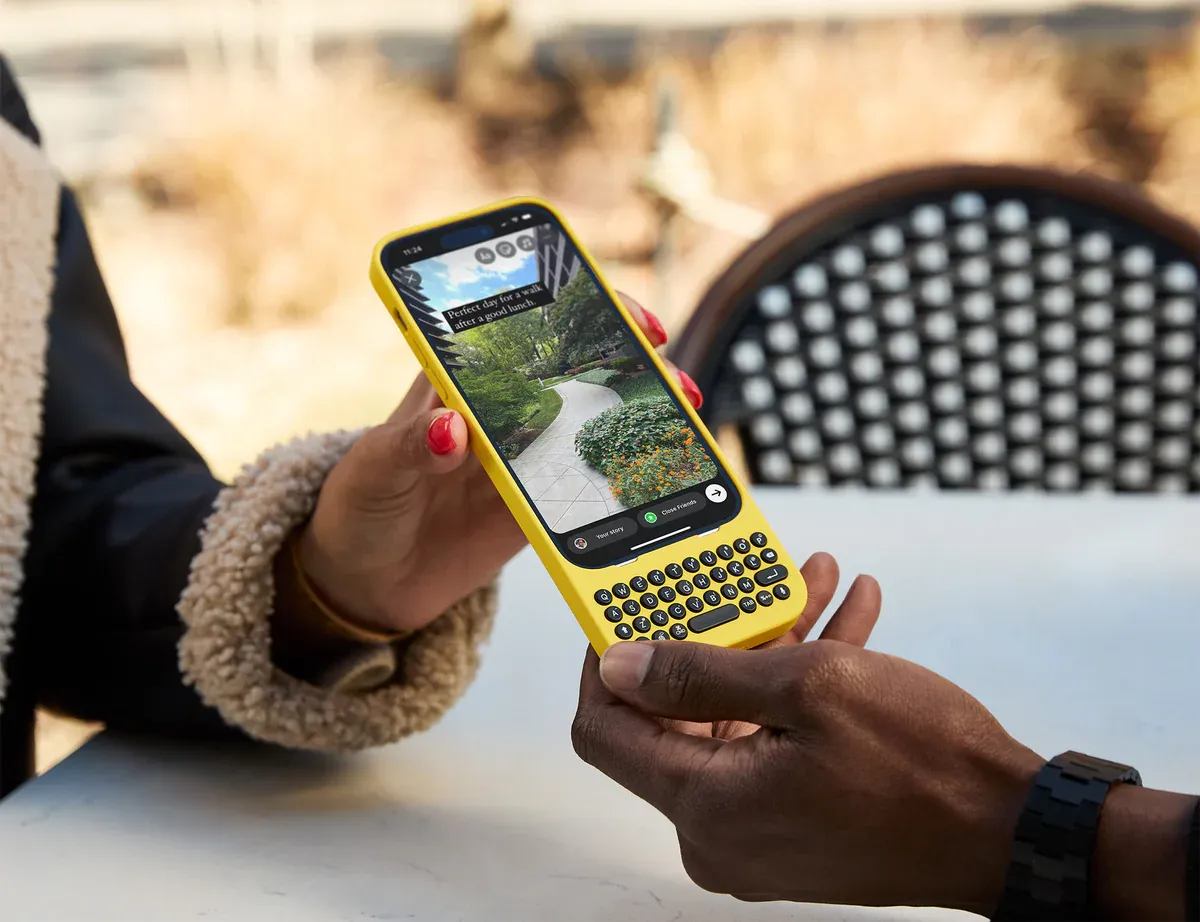Rediscovering Tactile Typing: The Revival of Physical Keyboards for Smartphones

For years, I was a steadfast advocate of smartphones with physical keyboards. My loyalty to the BlackBerry brand was unwavering, and I cherished the tactile feedback of pressing real keys. When BlackBerry's reign ended and Android phones with slide-out keyboards disappeared from the market, I felt a genuine sense of loss. Reluctantly, I made the shift to touchscreen typing, convinced that I had bid farewell to hardware keyboards forever. But perhaps, I was too quick to abandon hope.
In a surprising turn of events, the new Clicks Keyboard has rekindled my passion for physical typing. This innovative product, starting at $139, is an iPhone case equipped with real keys. Yes, you read that correctly—in 2024, I'm eagerly testing a hardware keyboard designed for modern smartphones!
The Clicks Keyboard: A New Era of Typing
The Clicks Keyboard is more than just a nostalgic nod to the past; it’s a thoughtfully designed piece of technology that brings the best of both worlds to contemporary smartphone users. The case features a built-in USB-C port, eliminating the need for annoying Bluetooth pairing. Simply slide your iPhone into the case, and you're ready to type. This seamless integration is a significant improvement over previous iterations of external keyboards.

One of the most striking aspects of the Clicks Keyboard is its tiny circular keys. Initially, they require some adjustment, but once you get the hang of it, the typing experience becomes incredibly satisfying. Although I don't necessarily type faster with the Clicks Keyboard, the tactile feedback feels more comfortable and enjoyable than tapping on a glass screen. Additionally, there's an unexpected benefit: without the virtual keyboard taking up half the screen, I have much more display space to work with. The difference in screen real estate is remarkable, providing a more expansive view for emails, documents, and web browsing.
Aesthetic and Practical Considerations
However, the Clicks Keyboard is not without its quirks. I've been testing the $159 version tailored for the iPhone 15 Pro Max, and its large size presents some challenges. The case looks somewhat comical, especially in the bright yellow color I selected—it resembles a giant banana phone, drawing amused glances from colleagues and friends alike. The substantial size also makes one-handed typing nearly impossible, which could be a deal-breaker for some users.
Another practical limitation is the absence of a MagSafe magnet on the back of the case. This means I can't attach my MagSafe wallet, a feature I’ve grown accustomed to. For those who rely on MagSafe accessories, this omission is a notable downside.
The Verdict: Is the Clicks Keyboard Worth It?
Despite these drawbacks, the Clicks Keyboard offers a unique and enjoyable typing experience that is hard to find in today's market. For those who, like me, miss the tactile feel of real phone keyboards, this product is a compelling option. The Clicks Keyboard bridges the gap between nostalgia and modern functionality, offering a refreshing alternative to touchscreen typing.
In a world where technology is constantly evolving, the return of physical keyboards for smartphones is a welcome surprise. The Clicks Keyboard proves that there is still room for innovation in the realm of mobile devices, catering to users who crave a blend of old-school charm and contemporary convenience. If you’re willing to embrace a few quirks, the Clicks Keyboard is certainly worth a try. It might just bring back that satisfying typing experience you've been longing for.
As West London Business continues to explore the latest trends and innovations in the tech industry, the Clicks Keyboard stands out as a testament to the enduring appeal of tactile feedback in our digital lives. Whether you’re a business professional seeking greater typing accuracy or a tech enthusiast yearning for a touch of nostalgia, this product offers a delightful journey back to the days of physical keys—while seamlessly integrating into the smartphones of today.



